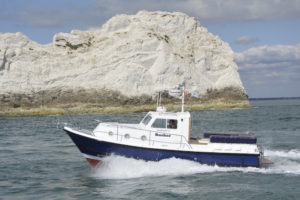We all know what a motoryacht is, and also a superyacht. But today there is a gradually growing new level of yachts for the high net worth individuals who can afford them, and that is the explorer yacht or expedition yacht.
It is quite one thing owning a motoryacht or superyacht that can cruise up and down the Mediterranean and occasionally take a trip to the Caribbean if the weather looks fair, but most of these boats are not built for serious world exploration which is becoming more of a requirement among those who want to go, not where no man has been before, but where few have been before.
In the past, those who have sought such travel have made do by converting a former fishing vessel or perhaps marine research boat or former military ship, but there is only so much you can do when seeking luxury and long-distance abilities at the same time. This is not the same thing as designing your own boat from scratch when you can basically have whatever you want, rather than what the vessel will allow.
Today there is a new breed of explorers who want to travel the world and see far-flung places in luxury and comfort while at the same time enjoying the style of a floating palace that is safe under any conditions that the weather can throw at it. This is why there are now explorer yachts/expedition yachts being designed from the ground up that can literally go anywhere with the possible exceptions of the poles.
One such project is currently underway at a yard in Norway and is a 400 foot expedition yacht for a gentleman who already owns a smaller 350 foot motoryacht designed for exploration, but obviously desired something that would provide even more space and amenities than his present boat. One might look at such an owner with jealousy, but then again, if you can afford it, why not? We all only have one life on this planet and it is not really all that long, so we might as well get to see as much of it as we can.



